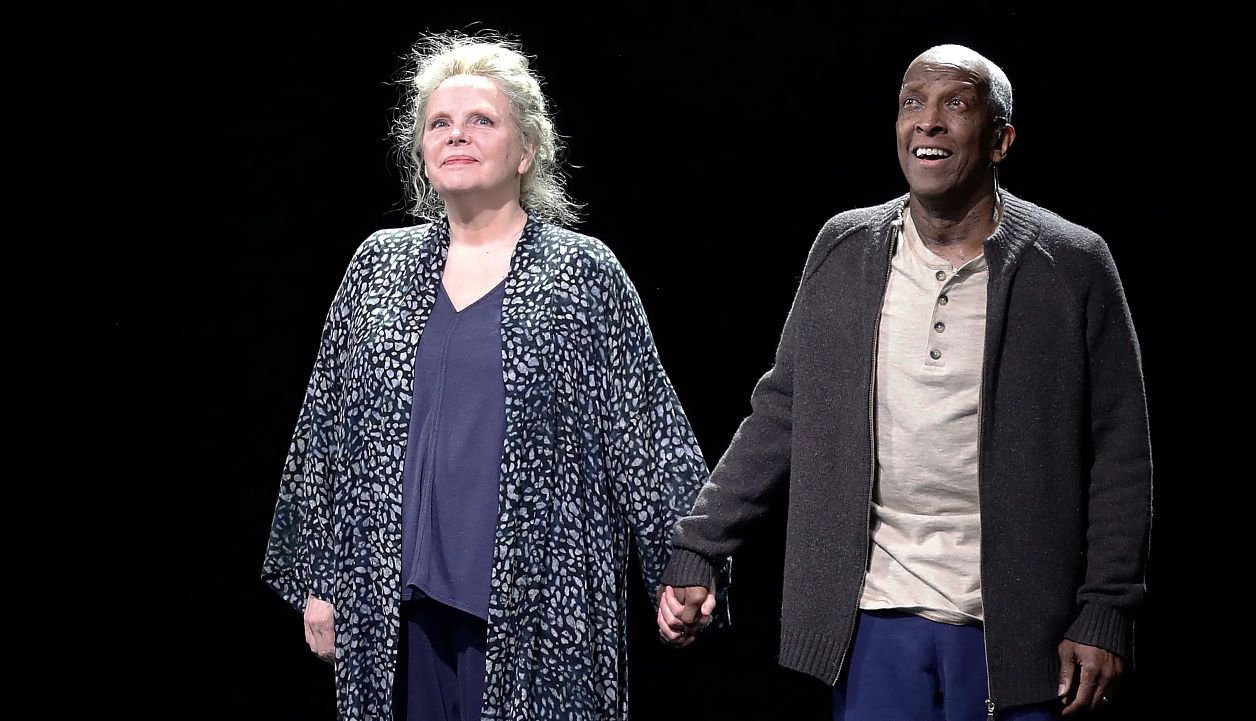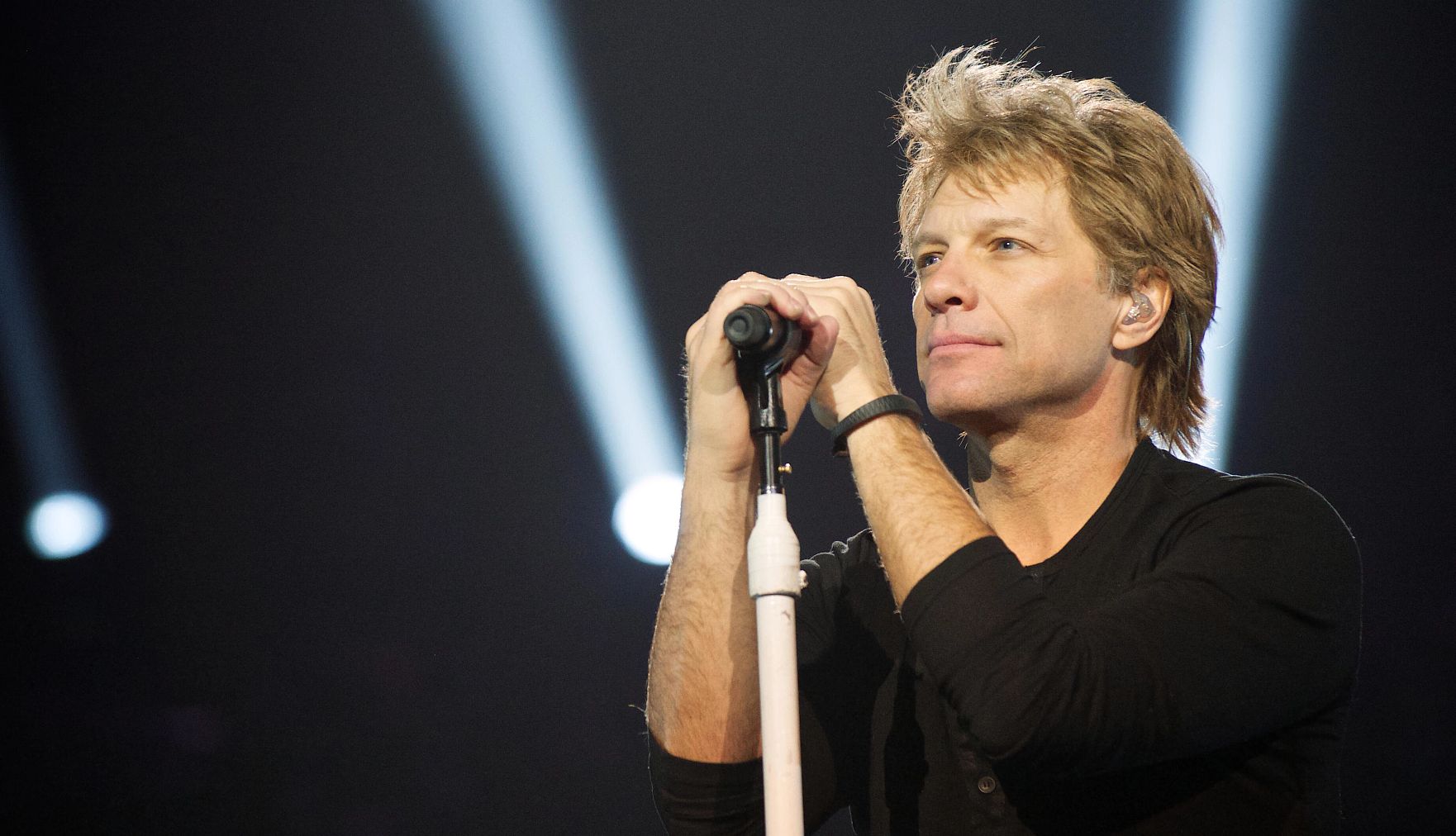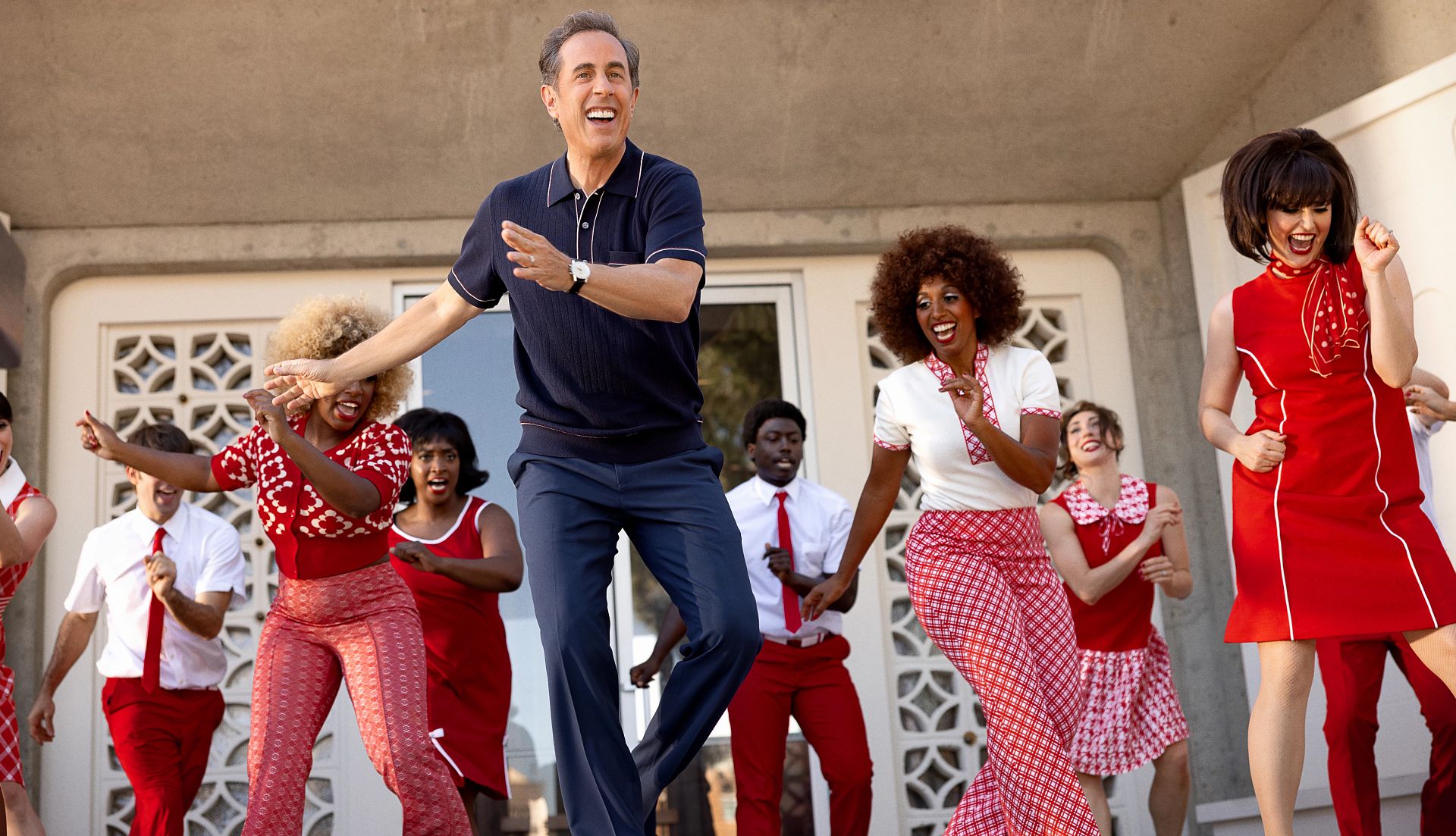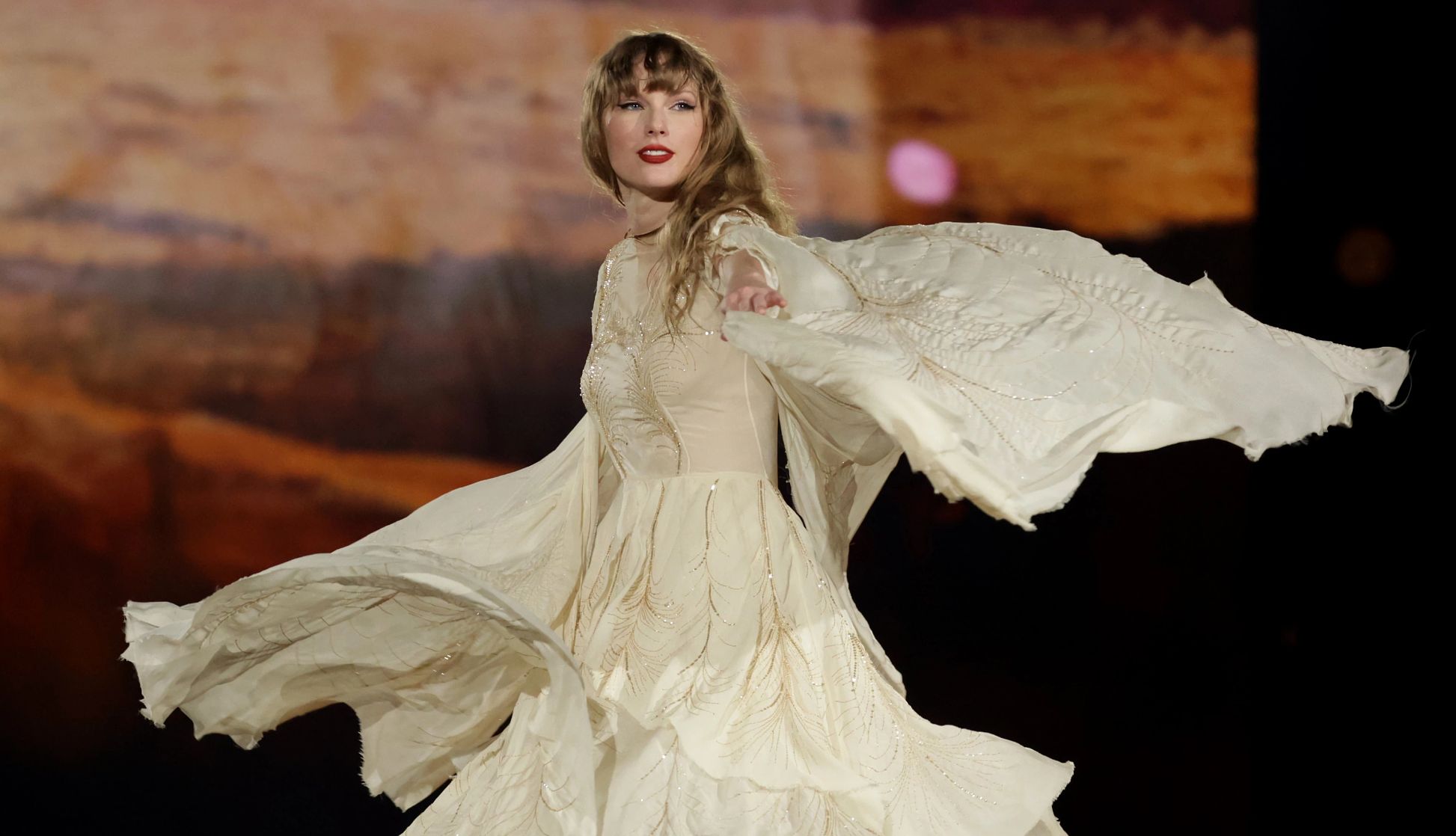Staying Fit
Entertainment
Discover what’s new, popular, and good for grownups over 50 in movies, TV, music, fashion, books, beauty, games, stage and celebrity news
Explore Entertainment


AARP Membership
$12 for your first year when you sign up for Automatic Renewal
Get instant access to members-only products and hundreds of discounts, a free second membership, and a subscription to AARP the Magazine.
Celebrities, Music, Style and Books


TV for Grownups
The 7 Best Things Coming to Hulu in May


TV for Grownups
What to Watch on TV and at the Movies This Week


Beauty & Style
6 Ways to Dress to Hide a Belly Bulge


TV for Grownups
12 Best Things Coming to Netflix in May
Recommended for You
AARP IN YOUR STATE
Find AARP offices in your State and News, Events and Programs affecting retirement, health care and more.




















































































